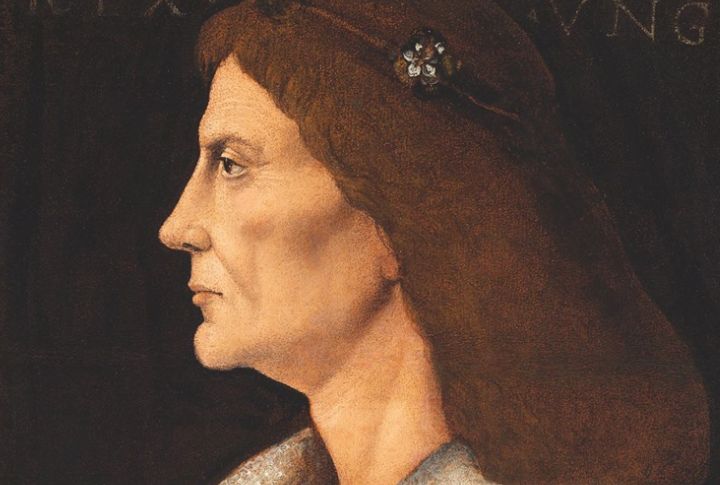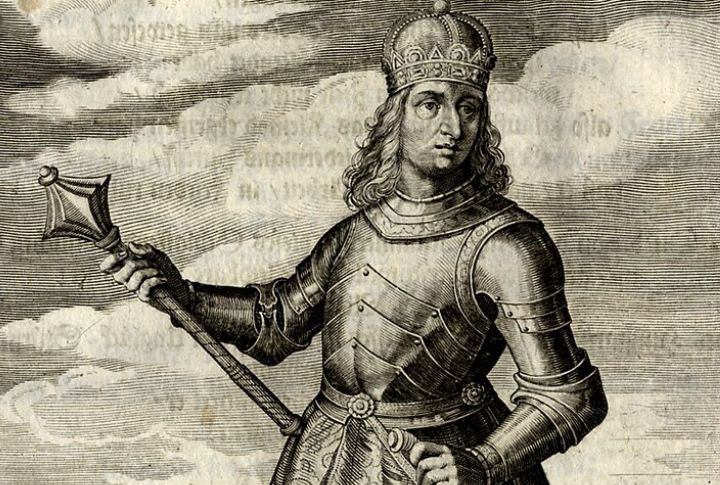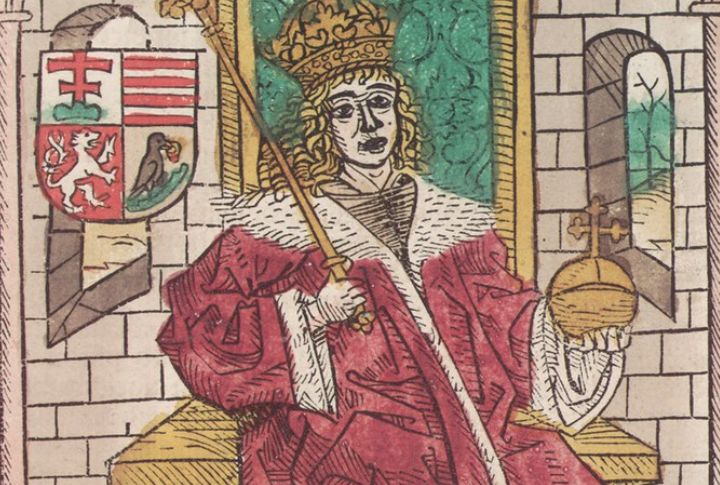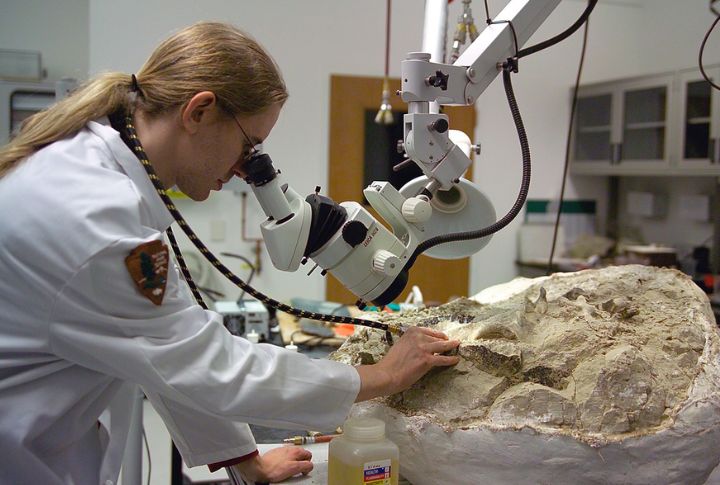
Centuries after King Matthias ruled, one skull became a symbol of his legacy. But science doesn’t care for symbols. Once tests began, the story changed fast. Now, uncertainty surrounds what was once considered fact. Let’s look into the surprising revelations that flipped royal assumptions on their head.
The DNA Didn’t Match Royal Relatives

Genetic analysis found no match to known Hunyadi descendants, though gaps in the Corvinus family tree leave room for undiscovered lineages. This uncertainty makes it difficult to rule out a dynastic connection entirely, keeping the debate about the skull’s true origin alive.
Mitochondrial Clues Pointed Elsewhere

Maternal-line markers failed to match those expected from the Hunyadi ancestry. Instead, they traced back to Eastern European origins outside the royal lineage. That contrast led researchers to question whether the person buried at the site had any dynastic connection.
Conflicting Gender Evidence Sparked Confusion

While degraded DNA initially caused gender ambiguity, a 2024 re-examination at Budapest University confirmed male skeletal features. The early mix-up underscores how partial genetic data can mislead interpretations without thorough follow-up analysis.
The Y-Chromosome Raised Eyebrows

The paternal DNA sequence did not align with Matthias’s known male-line relatives. Since this chromosome is passed from father to son, it becomes a critical point of comparison. Its failure to match throws serious doubt on the historic assumption behind the burial.
Childhood Struggles Left Their Mark

Dental analysis revealed signs of childhood malnutrition and physiological stress—conditions inconsistent with King Matthias’s documented aristocratic upbringing. This contradiction suggests the remains may belong to someone of lower status, casting further doubt on the skull’s royal identity.
Radiocarbon Dating Didn’t Line Up

Tests suggested the person died slightly earlier or later than Matthias’s recorded death year. While the margin wasn’t wide, it led historians to question the presumed date of passing. In matters of historical identification, even a narrow dating offset can be significant.
Burial Clues Missed The Royal Mark

The grave lacked royal artifacts: no crest, regalia, or signs of noble status. However, some historians suggest this may reflect the 1541 Ottoman looting of Matthias’s original tomb, meaning the current site could be symbolic rather than ceremonial.
Tool Marks Revealed Postmortem Activity

Cutting marks on the cranium showed signs of deliberate handling after death, possibly tied to burial customs or ceremonial use. These details prompted investigators to examine whether the bones had been altered intentionally, which could make accurate identification more difficult.
Mercury Residue Tells A Toxic Tale

Tissue analysis revealed 12 ppm of mercury, consistent with Renaissance medical practices. While mercury was often used to treat chronic illness, historical records show that such remedies were available across social classes and not exclusively among the wealthy.
Historians Now Suspect Mistaken Identity

After comparing all findings, many researchers now believe the remains may have been misattributed. If the bones belong to someone else, the real burial site of King Matthias remains unknown. The case is no longer closed—it’s back under careful investigation.

